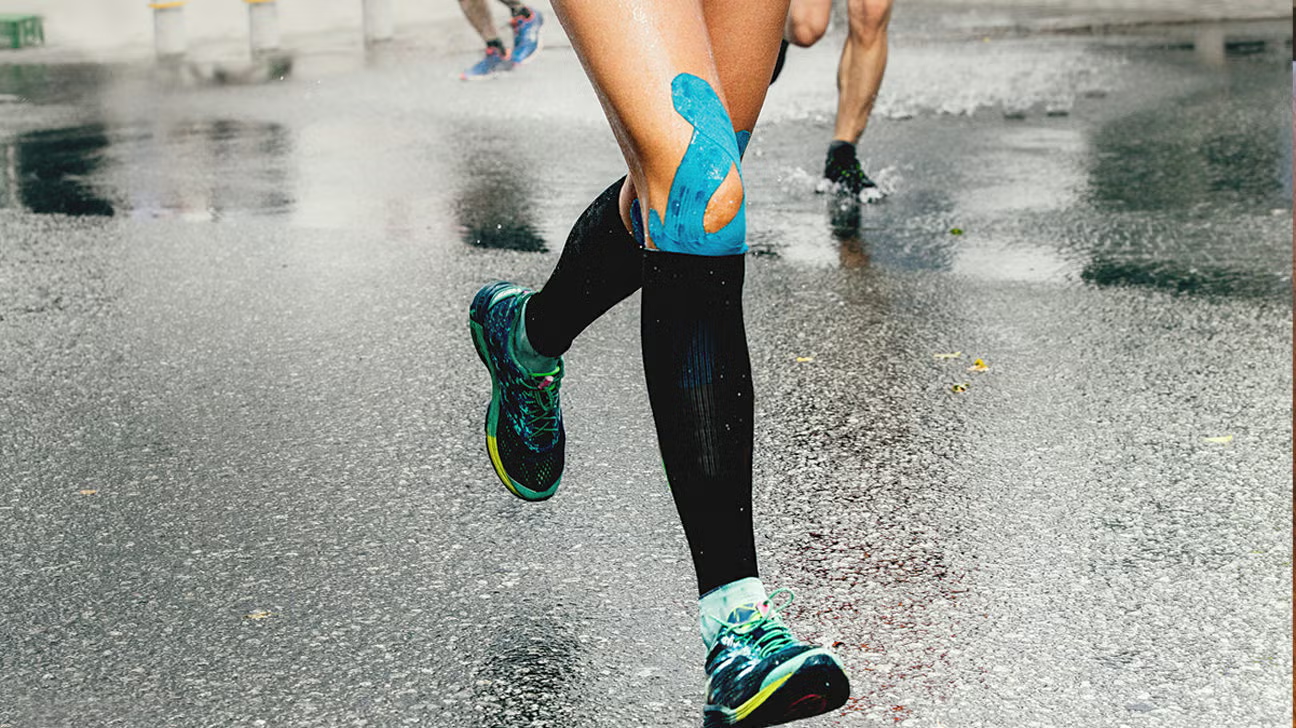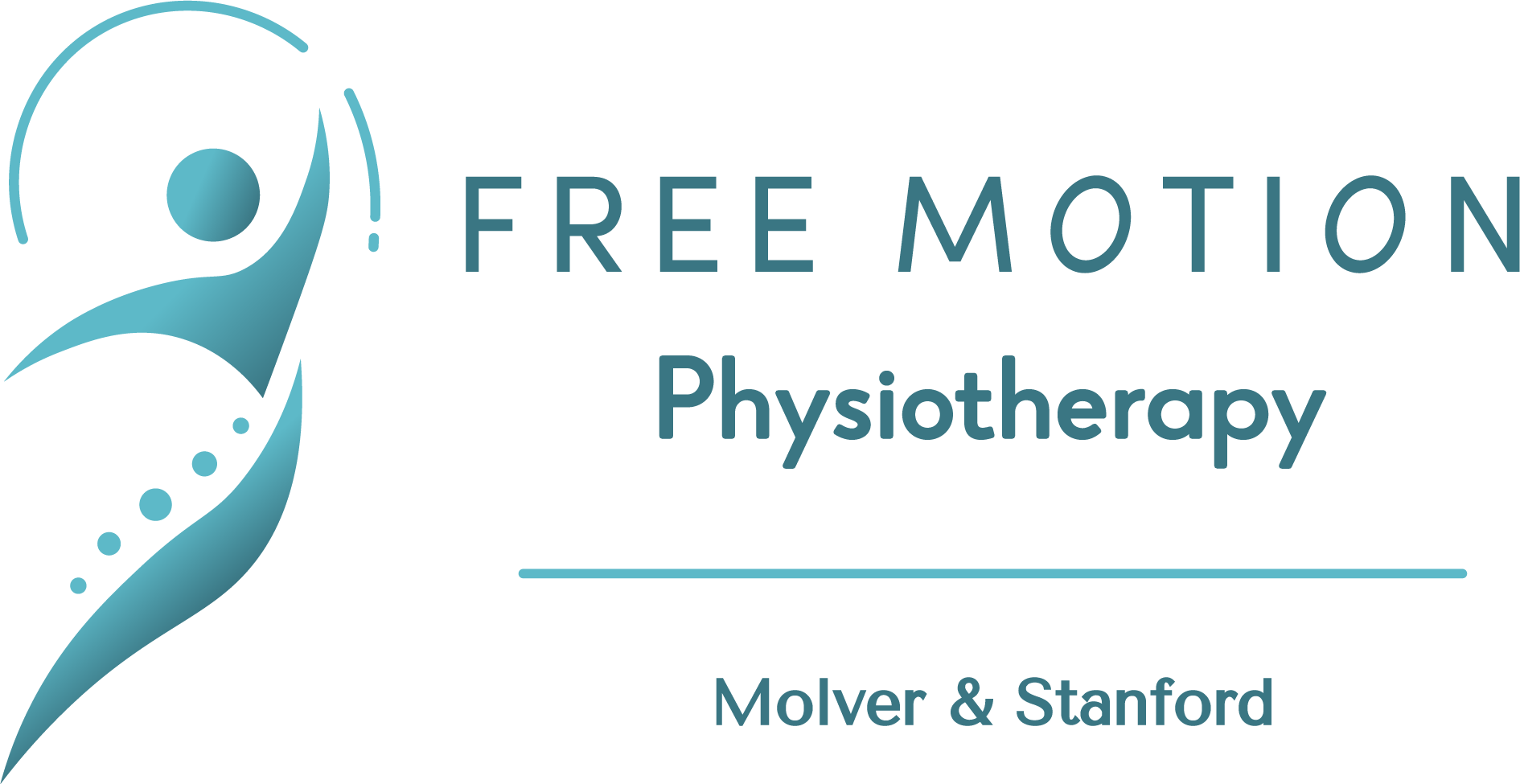Is your body waving a red flag? How to detect overuse injuries
Have you ever had a small ache that started during a run or workout? At first you can ignore it like a whisper but then it starts nagging louder, until that whisper turns into a loud shout- and you have got yourself an overuse injury. Unlike a sudden twist or fall, these sneaky injuries happen slowly, and then before long they are throwing you off your exercise routine.
What is an overuse injury?
It is exactly what it sounds like, your body’s tissues (including muscles, tendons, ligaments, joints and bones) are being used more than they can handle- without enough time to recover. Factors like sudden jumps in training load, poor technique, skipping recovery time and weakness/muscle imbalances can all contribute to developing an overuse injury.
This can look like:
- A runner clocking too many kilometres too soon, running 5km last week to 10km this week
- A gym-goer maxing out without rest days
- Even a desk worker glued to their laptop for hours without taking a break
Your body is like a bank account. If you keep withdrawing (training, repetitive movements, loading) without depositing (rest, recovery, strength work, stretching) you will end up in the red- and that is when overuse injuries strike.

Signs your body is sounding the alarm:
Watch out for these early warning signs.
- Persistent ache that doesn’t go away after activity.
- Morning stiffness or pain after sitting still for a while.
- Tender spots or swelling
- Declining performance -You are unable to jump/run like you used to.
- Pain with everyday tasks– Pain with walking/stairs etc. not just sports/exercise.
Ignoring these symptoms can turn into weeks on the sidelines!
How to outsmart overuse injuries:
- Train smart, not just hard. Follow the 10% rule, don’t ramp up training by more than 10% per week. E.g. if you ran 5km this week, not more than 5.5km next week.
- Mix it up: balance high-impact activities (running, jumping) with low-impact activities (cycling, swimming, Pilates)
- Rest is part of training! This includes physical rest, sleep, nutrition and hydration.
- Get strong and mobile: strength training and mobility are essential to keep your body resilient, and it lowers your risk of overuse injury significantly.
- Listen EARLY: A day or two of rest now is much better than weeks off later.

Book your Free Motion Physiotherapy session
More

When to rest, and when to move after an injury
“Just rest.” How many times have you heard this advice after an injury, flare-up, or when struggling with body aches

Strapping Up: How Taping can Boost Your Body’s Proprioception in Sport
We have all seen sports matches or competitions with athletes strapped up over a variety of joints. Many people think

Too flexible for your own good? How hypermobility can lead to injury.
If you’ve ever impressed your friends by twisting your thumb back to your forearm or going into a split without
